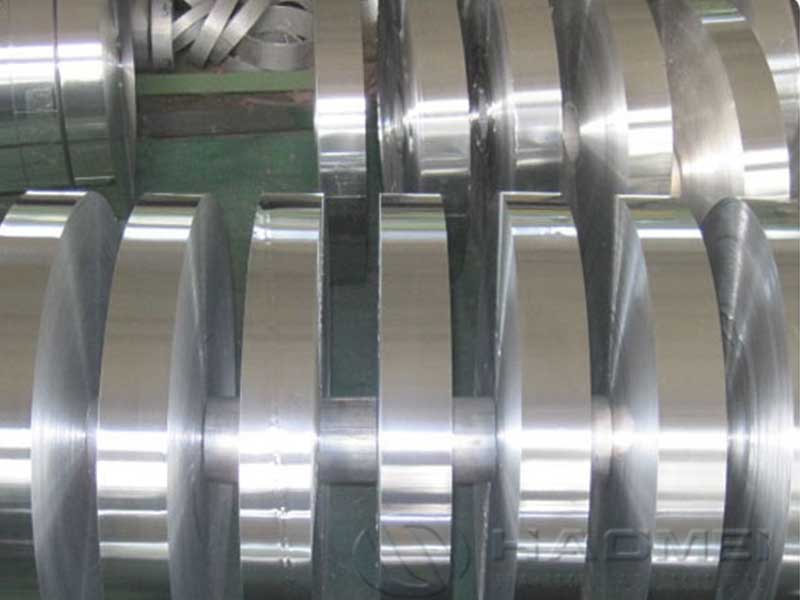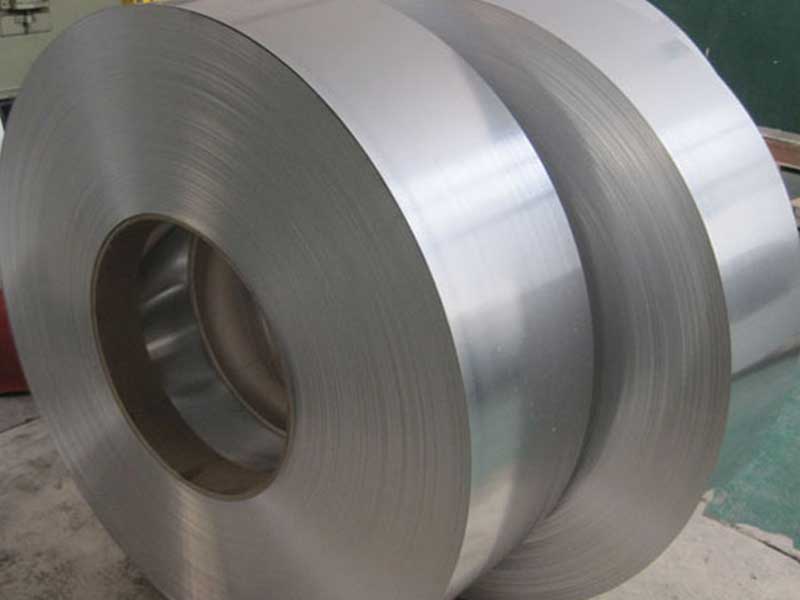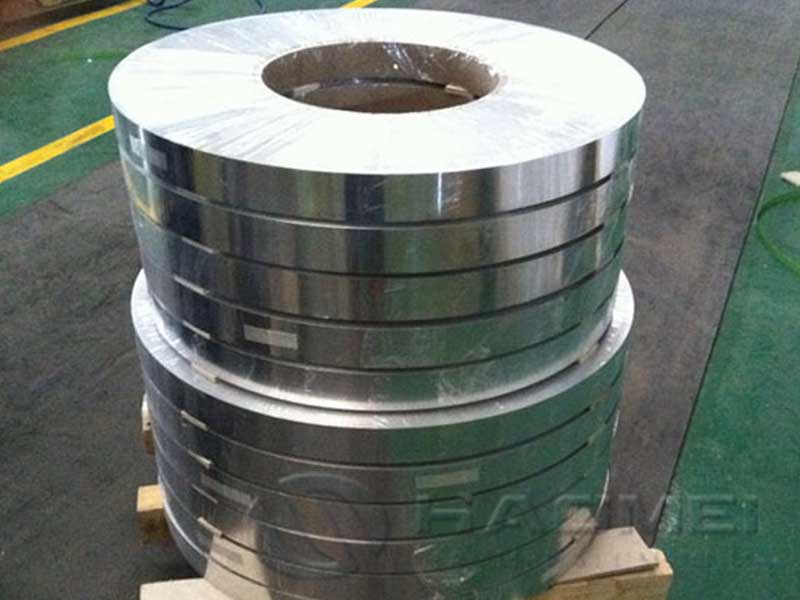2025-04-23 https://www.aluminum-coils.com/a/5052-aluminum-strip-for-cable-armouring.html
5052 Aluminum Strip for Cable Armouring: A Balance of Strength, Flexibility, and Corrosion Resistance
When it comes to protecting vulnerable power and communication cables, the choice of armouring material directly impacts durability, performance, and cost-efficiency. One standout solution in the industry is the 5052 aluminum strip, widely favored for cable armouring. But beyond the usual claims of strength and corrosion resistance lies a more nuanced explanation of why 5052 aluminum strip is an exceptional choice — a perspective that intersects material science with practical engineering demands.
the Role of Cable Armouring
Before diving into the properties of 5052 aluminum strips, it’s important to recall the basic purpose of cable armouring. It serves as the first line of physical defense for the internal conductors, shielding them from mechanical damage, environmental stressors, rodents, and essentially prolonging cable lifespan. The armouring must be tough, lightweight, and adaptable to installation requirements – effectively a protective skin that’s discreet yet robust.
Why 5052 Aluminum Strip Is Ideal for Cable Armouring
1. Exceptional Corrosion Resistance Tuned for Challenging Environments
5052 aluminum is an alloy primarily composed of aluminum and magnesium. This specific composition bestows superior corrosion resistance, especially against saltwater and industrial pollutants, compared to many other aluminum alloys and even steel varieties. In coastal, marine, or chemically aggressive environments, a protective armour that resists oxidation and rust can significantly cut down reactive maintenance costs and service interruptions.
2. Striking a Harmonious Balance – Strength with Ductility
While harsh mechanical protection may instinctively call for thick, rigid steel armours, this introduces weight and bending problems during cable laying, particularly for long underground or submarine runs. The 5052 aluminum strip uniquely balances mechanical strength and flexibility—it is strong enough to deter impacts yet pliable enough to adapt to bends without cracking. This ductility simplifies on-site handling and reduces potential damage during cable installation.
3. Lightweight Advantage for Long-Distance and Aerial Deployment
Weight is a crucial factor when considering armoured cables stretched over long distances or used in aerial configurations. The 5052 aluminum strip has roughly one-third the density of steel, making cables lighter. Lower mass helps reduce strain, eases transportation logistics, lowers installation costs, and contributes to safer handling by workers. These efficiencies make 5052 aluminium one of the smartest choices for cable armouring in many high-demand sectors.
4. Surface Finish and Machinability for Superior Performance
Beyond properties, the 5052 aluminum strip is appreciated for its smooth surface finish which ensures uniform coverage and attaches seamlessly to cable cores. Additionally, it’s highly machinable and weldable when needed — allowing customized assembly techniques that steel or heavily alloyed strips may struggle with. This versatility provides engineers flexibility in tackling unconventional cable protection designs.
The Bottom Line: 5052 Aluminum Strip Blends Science with Practicality in Cable Armouring
In summary, while other materials save money upfront or market more simplistic benefits, the 5052 aluminum strip embodies a subtle but superior recipe for long-term, efficient cable protection. It resists corrosion persistently, flexes silently with structural needs, and remains lightweight where strength demands are high. For cable manufacturers and infrastructure developers needing reliable armouring solutions that serve more than mere protection—for adaptability, reduced life-cycle cost, and environmental resilience — the 5052 aluminum strip remains a narrow bridge spanning reputation and performance.



